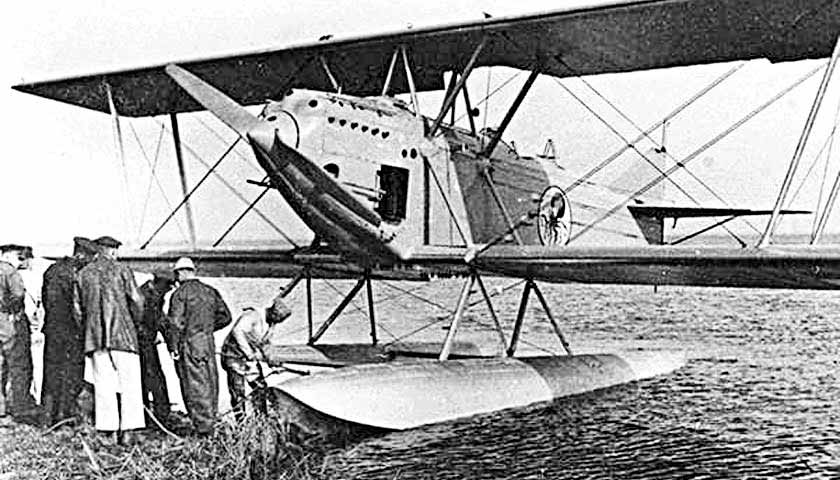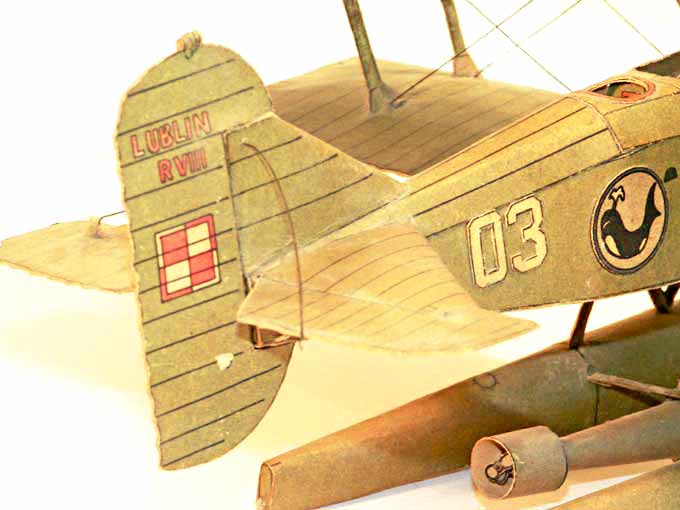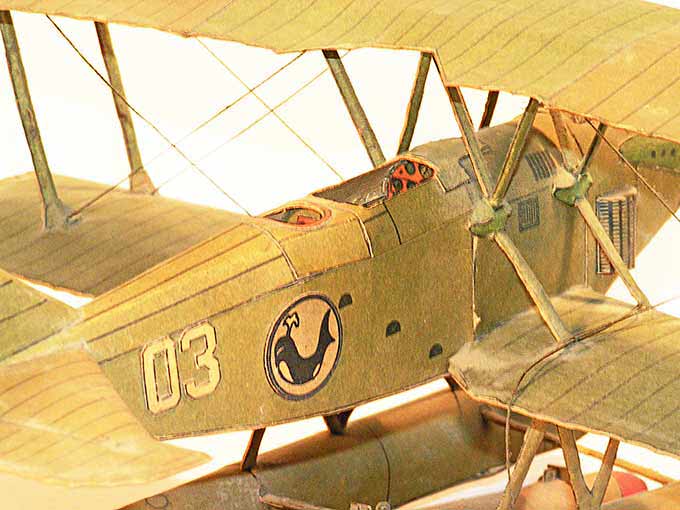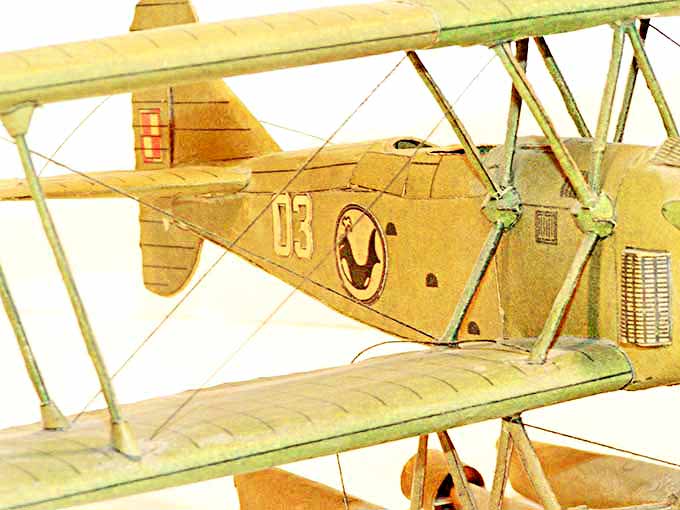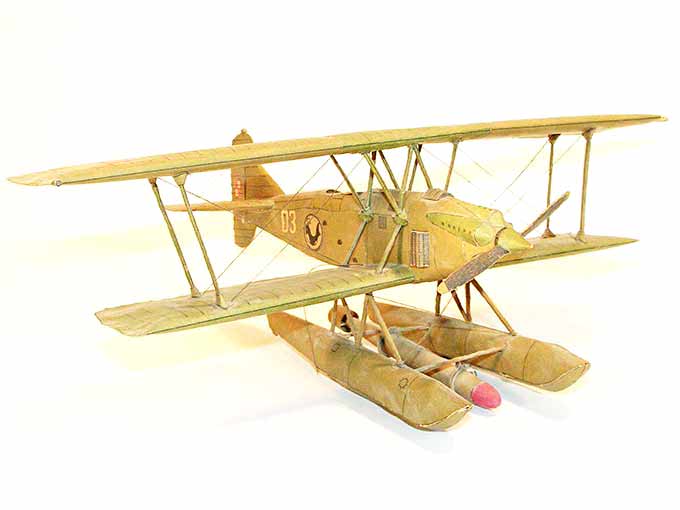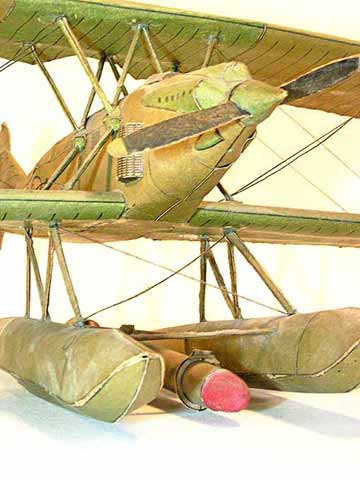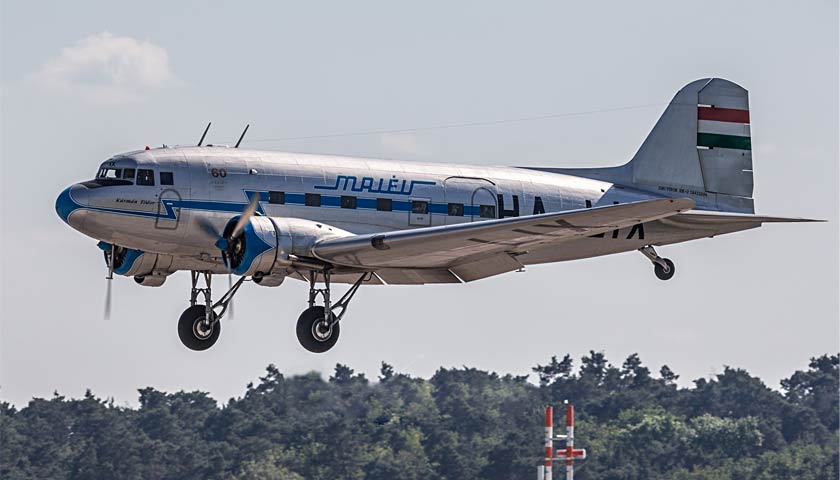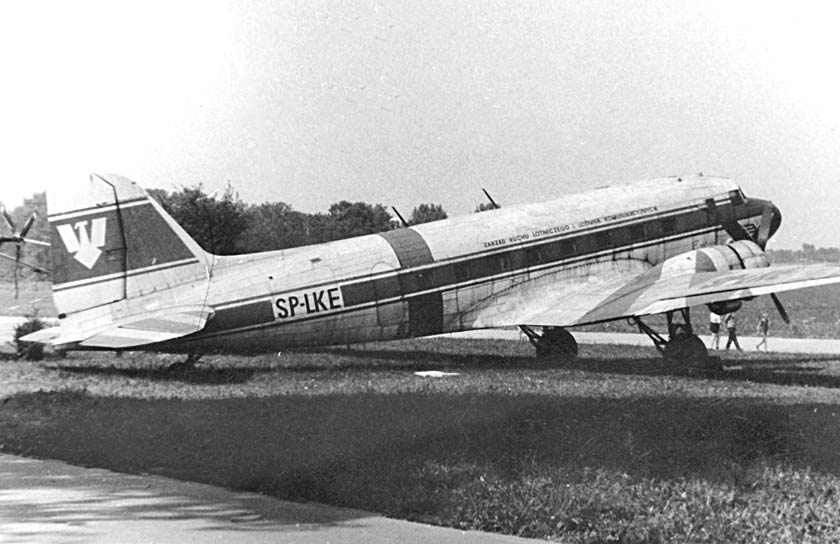In 1927, at the Mechanical Plants “E. Plage i T. Laśkiewicz “in Lublin began the design of a new military aircraft, which was supposed to replace the outdated by that time Potez XV and Potez XXV, produced by factories under license. The work was headed by the pilot, engineer and aircraft designer Jerzy Rudlicki (March 14, 1893 – August 18, 1977). He was the first in Poland to design a retractable landing gear, and also received a patent for a V-shaped tail unit, which is used on small aircraft to this day.
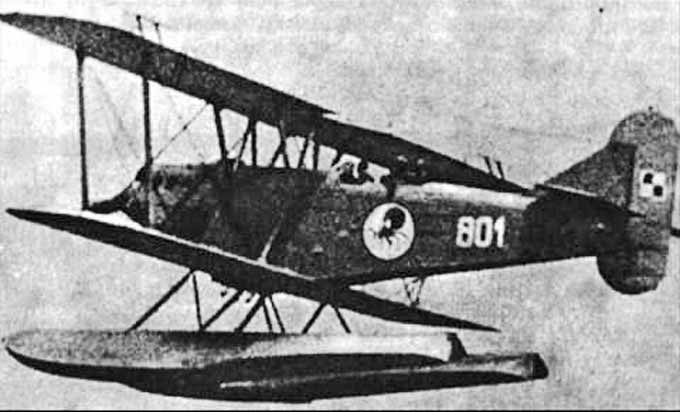
Tests of the Lublin R-VIII aircraft (the letter R in the aircraft designation means “Rudlitzki”) began in January 1928, and at the end of March 1928 the aircraft was raised into the air by a military pilot, Major Vaclav Makovsky. Unfortunately, it quickly became clear that the Farman engine, which was installed on the aircraft, was too weak and was abandoned.
In the summer of 1928, the second Lublin R-VIII aircraft with a Lauren-Dietrich engine was prepared for testing. A feature of this aircraft was the placement of the bomb load inside the aircraft body. Another feature is that for the first time on a Polish aircraft, oil-filled chassis shock absorbers were used. The first production aircraft was ready in April 1931.
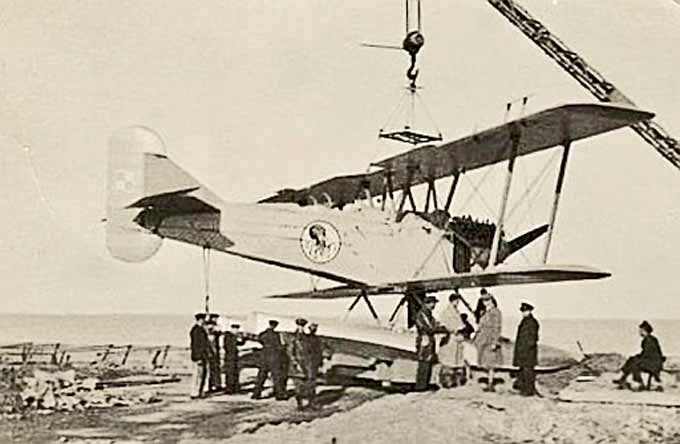
Two versions of the aircraft were manufactured for the Polish Navy: Lublin R-VIII bis and Lublin R-VIII ter, mounted on short floats. The only difference was the installed engines. The Lublin R-VIII bis aircraft were powered by the Loren-Dietrich engine with a capacity of 650/740 hp. with a gearbox. On the aircraft of the Lublin R-VIII ter version – the Hispano-Suiza engine with a power of 478/560 hp.
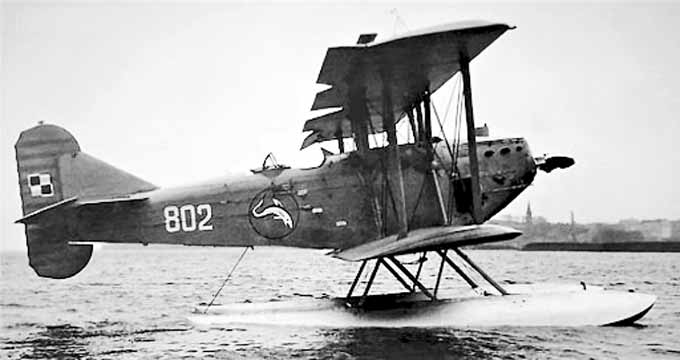
These aircraft were used as scout aircraft. In 1933, float machines entered service with the Polish Navy, only four aircraft. They were numbered 801, 802, 803 and 804. The city of Puck became the main base of the seaplanes. The first aircraft, after testing and refinement, was handed over to the Navy on June 30, 1933. All aircraft were in the fleet until the outbreak of World War II and by that time they were outdated both morally and physically. All aircraft were part of the First Long-Range Scout Squadron in Putsk.
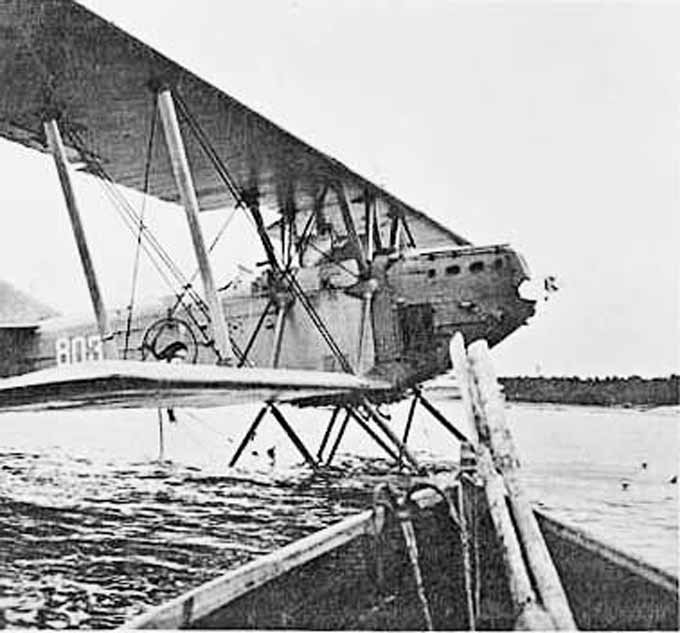
In September 1939, scouts took part in the defense of the Hel Spit. One of the planes took part in a raid on a military facility in Danzig. Soon, all Polish seaplanes were destroyed by German aircraft.
If you think about it, you begin to understand how strong the spirit of the Polish pilots was to fly out towards the enemy on such planes. I can’t even imagine it.
Technical characteristics of the aircraft Lublin R-VIII ter.
Wingspan, m 17.00
Aircraft length, m 12.06
Aircraft height, m 5.33
Wing area, m2 76.40
Empty aircraft weight, kg 2919
Payload, kg 1381
Maximum takeoff weight, kg 4300
Engine 1 x Lauren-Dietrich Engine Power, h.p. 1 x 650
Maximum speed, km / h 200
Cruising speed, km / h 175
Vertical speed, m / s 3.5
Flight range, km 800
Ceiling, m 4000
Crew, people 2
Armament: one 7.7-mm Vickers machine gun, two 7.7-mm Lewis machine guns, 1000 kg of bombs.
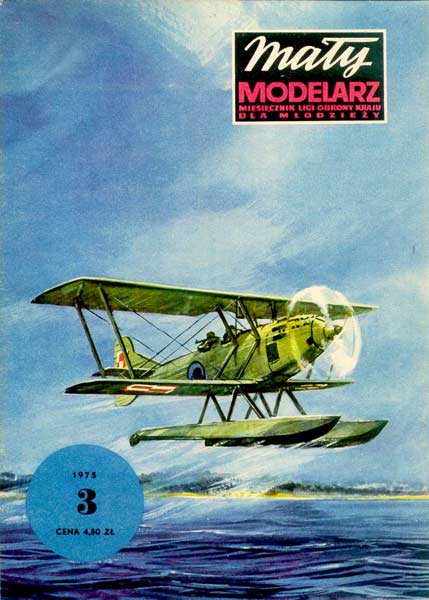
Model
This model was built from the magazine “Maly Modelarz” # 3 for 1975, that is, 46 years ago. It’s scary to say … I didn’t really like the model right away. The color of the patterns in the magazine frankly “walked”, which is noticeable in the photo. The aircraft was clearly outdated in its design, since the same Messerschmitt Bf-109 was being designed at about the same time.
In short, I have big doubts on this score, supported by the lack of information on the Internet and the knowledge that the magazine’s employees could have made a mistake (see the article about the sea hunter “Vilchur”). Depth charges – yes, he did, but hardly a torpedo.
In general, this is all that remains of this model for today.

